It’s October (already?!) and the stores, as well as our homes, are already full of Halloween décor and treats.
While all of these things are fun, they can be dangerous for the four-legged members of your family. Not only can they make your dog sick, but you could end up with a very large vet bill.
Costumes
We all know it’s fun to dress up our fur kids for Halloween – some of the costumes out there are just priceless!
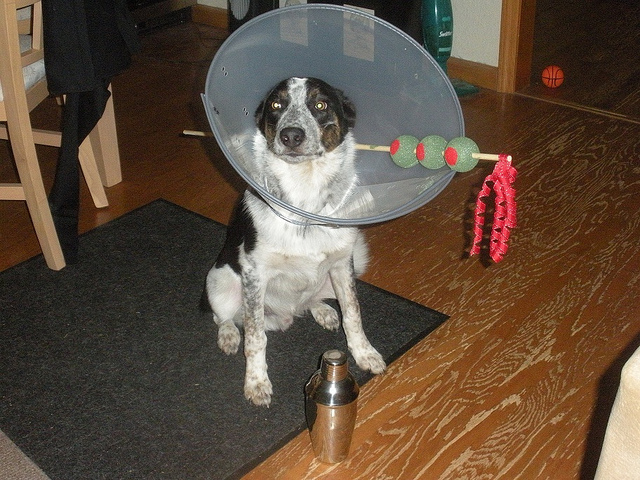
But not all dogs enjoy being dressed up. If you have a puppy, you can help make it a positive experience so you can dress him up for years to come by following these tips:
- Start with something simple and comfy, like a T-shirt.
- Be gentle and go slow! Don’t “stuff” your dog into a costume they are terrified of. Start by just giving him treats for looking at the costume if they are worried about it.
- Give your dog treats the whole time (associates clothes with something good!)
- Only put it on your dog for a short while – just a few minutes – all the while treating them or playing with a toy if they love toys.
- Then, take it off and give them a break.
Repeat these steps, slowly adding more types of clothing (hats, glasses, bulkier costumes, etc.) as long as your dog is fine with it. If they show signs of stress, STOP.

Don’t Forget Safety! Dr. Petryk, DVM, veterinary consultant at Trupanion, reminds us to make sure that any costume you do put on your dog is “comfortable, non-restricting, and doesn’t have any loose pieces they might try to swallow.”
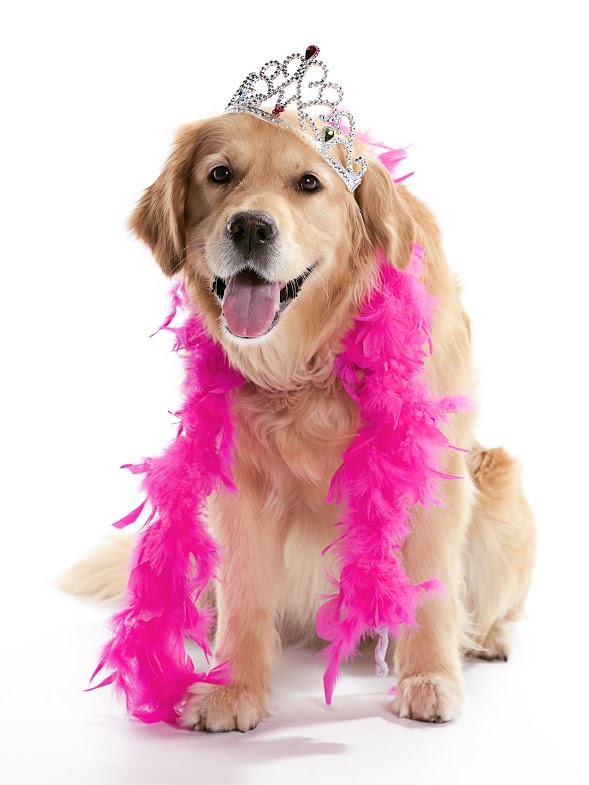
Decoration Tips
Dr. Petryk says that any type of decoration can be dangerous if your dog decides to chew on it:
“Although they don’t look edible, lights, cords, paper decorations, fake spider webs, maize, candy wrappers, and other fall décor can be tempting and dangerous if consumed. Always try to keep smaller chewable items away from pets.”
Especially if you have a puppy in the house, make sure any decorations you have are above your dog’s reach and you’ll all have a howling-good Halloween.
Fog/Smoke Machines
These are a fun way to make any house spookier for a party or trick-or-treaters. However, your dog could become sick from the fog, which sits right at their level. It’s best to forgo one of these for a non-toxic bubble maker (think about how much fun your dog will have chasing bubbles!) or keep your dog out of the area where the fogger is being used.
Pumpkins
While eating pumpkin is fine, the decorations, paint, glitter, candles, etc., that we use to accessorize them are not. Make sure your dog can’t get to any of your carved or decorated pumpkins. Instead, give him his own treat of canned pumpkin or pumpkin-flavored cookies.
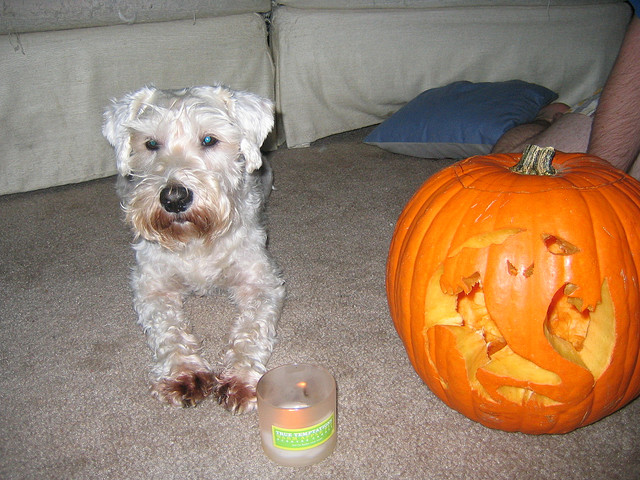
“Consider scouting out treats that your pet can enjoy,” add Dr. Petrky. “Most pet bakeries or pet stores will have special fall and Halloween themed treats for your pet so they can indulge in something other than chocolate. Homemade pumpkin treats are a great option!”
Tricky Treats
That brings us to treats. Halloween means candy. Lots and lots of sugary treats that are just plain bad for your dog (and not that great for you either!)
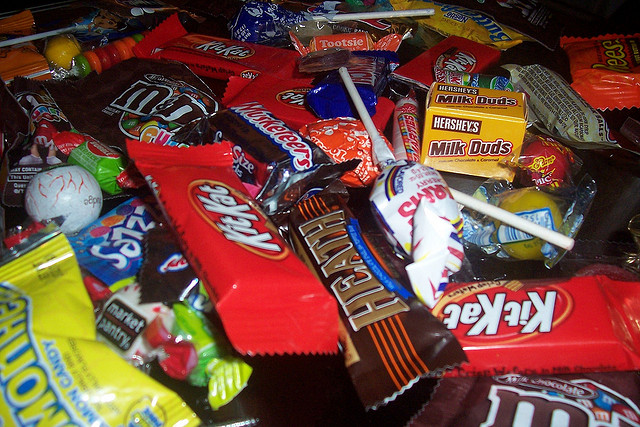
Everyone (whether they own a dog or not!) claims to know chocolate is bad for dogs. Yet, every year there are cases of dogs getting sick at Halloween due to eating chocolate.
“Year after year Trupanion sees a 71% increase in chocolate toxicity during Halloween compared to the previous six months of the year,” Dr. Petryk says.
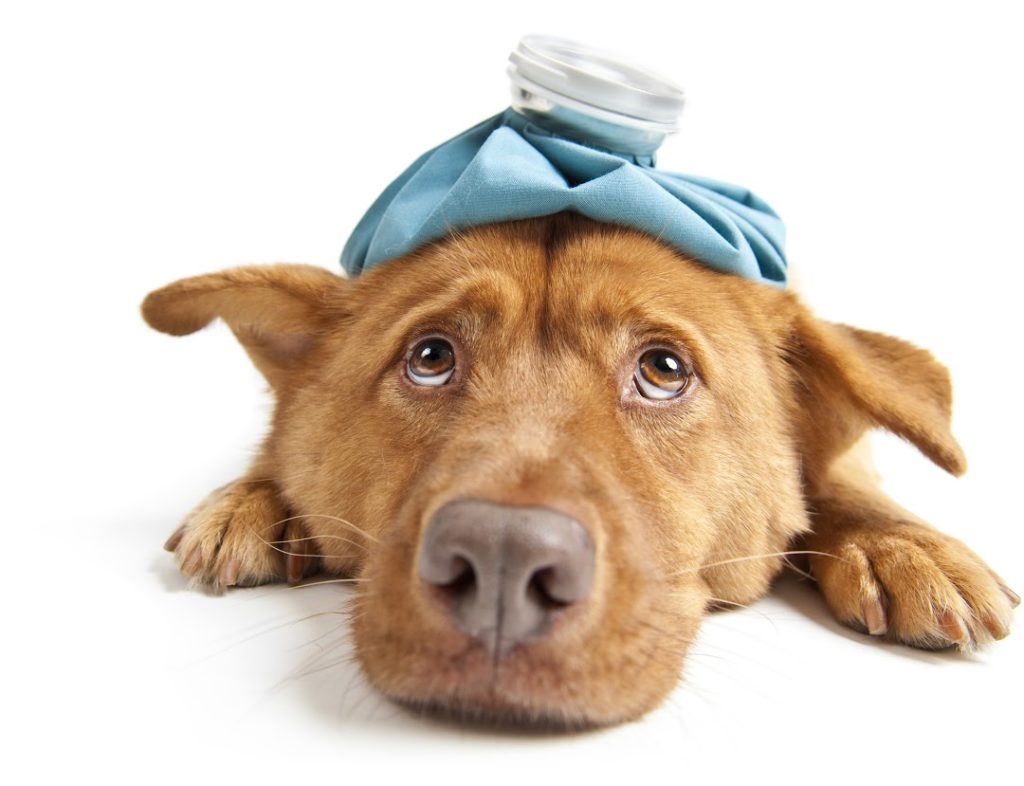
That is a HUGE increase! We want to make sure your dog is safe this Halloween. Dr. Ed Blach, Chief Medical Officer and co-founder of Vet24seven – a recently launched online live veterinarian consultation service – has provided us with the following information about chocolate and dogs so you can better understand the risks as well as know what to look for if you suspect your dog has gotten into your kid’s trick-or-treat stash.
Chocolate can be dangerous for dogs because of two substances that are contained within it:
- Caffeine
- Theobromine
Both are toxic to your dog. Caffeine is a stimulant that can cause heart racing and seizures. Theobromine is found in cocoa beans and dog’s systems do not have the necessary enzyme needed to properly break it down, leading to serious health consequences. Here are some of the things to take note of if you suspect chocolate toxicity and need to consult with a veterinarian:
- The kind of chocolate consumed. Different kinds of chocolates contain varying degrees of theobromine. The rule of thumb is, the darker the chocolate, the greater the danger. This includes baking chocolate and cocoa powder.
- The size of the dog. Chocolate toxicity also depends on the size of the dog. Large dogs should be able to handle a small amount of chocolate, but the same amount could cause serious problems for a small dog.
- The timeframe. Your veterinarian will want to know when the chocolate was consumed.
Dogs and Chocolate Toxicity: What are the Symptoms?
Unfortunately, dogs and chocolate toxicity happens more than it should. If you suspect that it was your dog who ate that missing bar of chocolate you have tucked away, watch for the following signs of chocolate toxicity:
- extreme thirst
- vomiting
- diarrhea
- muscle rigidity
- agitation
- high heart rate
- increased blood pressure
- hyperactive behavior
- excessive panting and pacing
- seizures
When you suspect dogs and chocolate have caused your pet’s symptoms, it is best to consult a veterinarian right away. If your veterinarian confirms chocolate toxicity, they will most likely induce vomiting or administer activated charcoal, so that the toxin can be released from his system.
Dogs tend to overeat anything they can get their paws on! Prevent this from happening by securing all of your chocolates in a place that’s not accessible to your dog. And if your dog does happen to eat chocolate, consulting a veterinarian is always the best solution.
Scaredy Cats (I mean Dogs)
The last thing you need to think about is your dog’s emotional well-being. Halloween is scary – kids in costumes, weird decorations and lights, and lots of people out and about – often running around, yelling, even screaming with delight (or fright!).
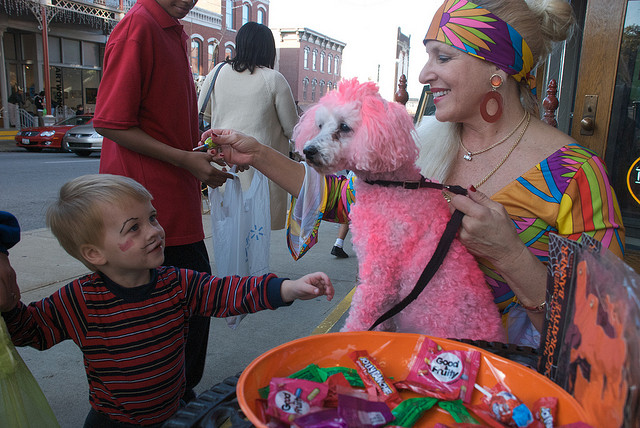
For some dogs, this is just too much. Be sure to think about your dog’s personality and whether they would truly be happy hanging out and being a part of the party, or if they would feel better removed from the scene.
If you feel they would prefer to be tucked away, Dr. Petryk recommends a quiet, secure space (so they can’t get frightened and run away!), and a new toy to keep them occupied. If your dog normally goes to a boarding place, you may decide she would prefer a night at the “doggy hotel” then staying at your house if you are having a large party or expects lots of trick-or-treaters.
Door Woes
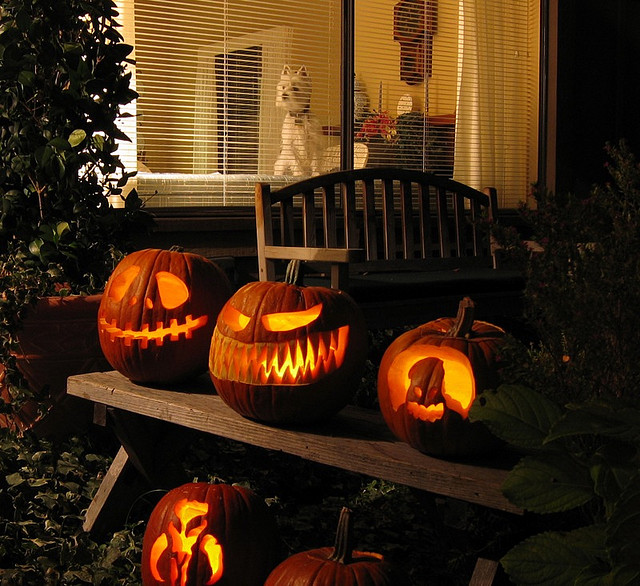
Have a dog that barks any time the doorbell rings or someone knocks? If so, this can make Halloween not so fun.
Here are a few tips:
- Sit outside with your candy and hand it out on your porch, avoiding the doorbell altogether.
- IF you have more than one person at home, it’s a great time to train your dog to not mind the noise! Try to “catch” your dog before he barks and reward him for being quiet with food. Soon, your dog (like Pavlov’s!) will associate the knock or ring with food and, instead of barking, will run to you for a treat.
- Keep blinds closed so your dog can’t look out and bark.
- Put a note on the door telling people to not knock or ring, instead, leave a candy dish outside or watch from a window (peer through curtains) and open the door when you see people approach.
Finally, don’t forget your canine ID Tags! Dr. Petryk warns that a startled pet may dash out the door and disappear. Without proper identification, such a a chip and a collar, you may never see her again.
Follow these tips to ensure you have a safe and happy HOWLween!
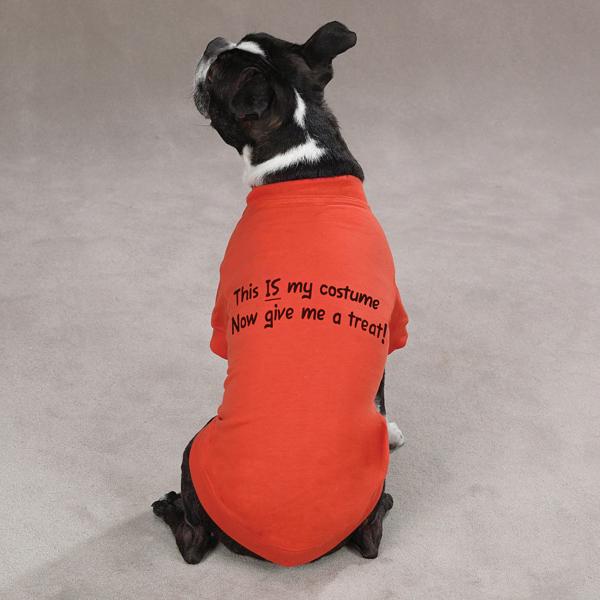
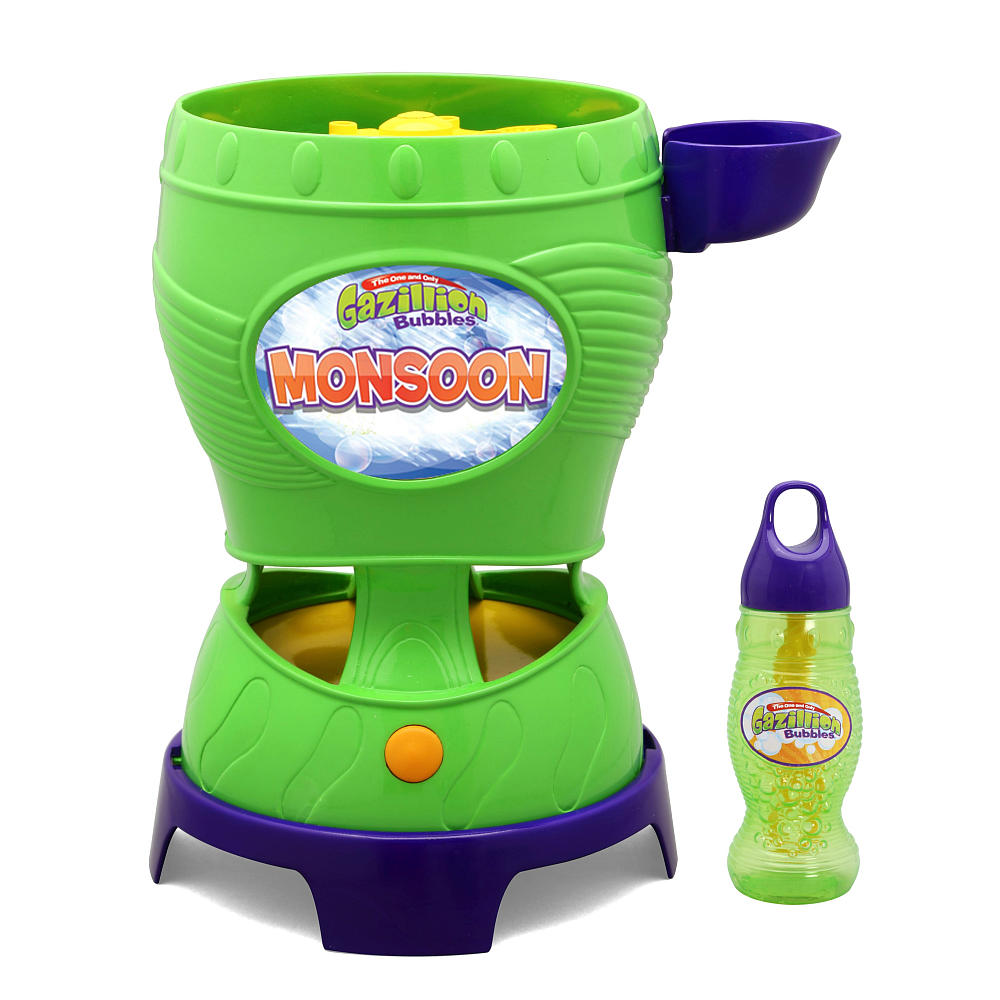
 Toledo, United States.
Toledo, United States.